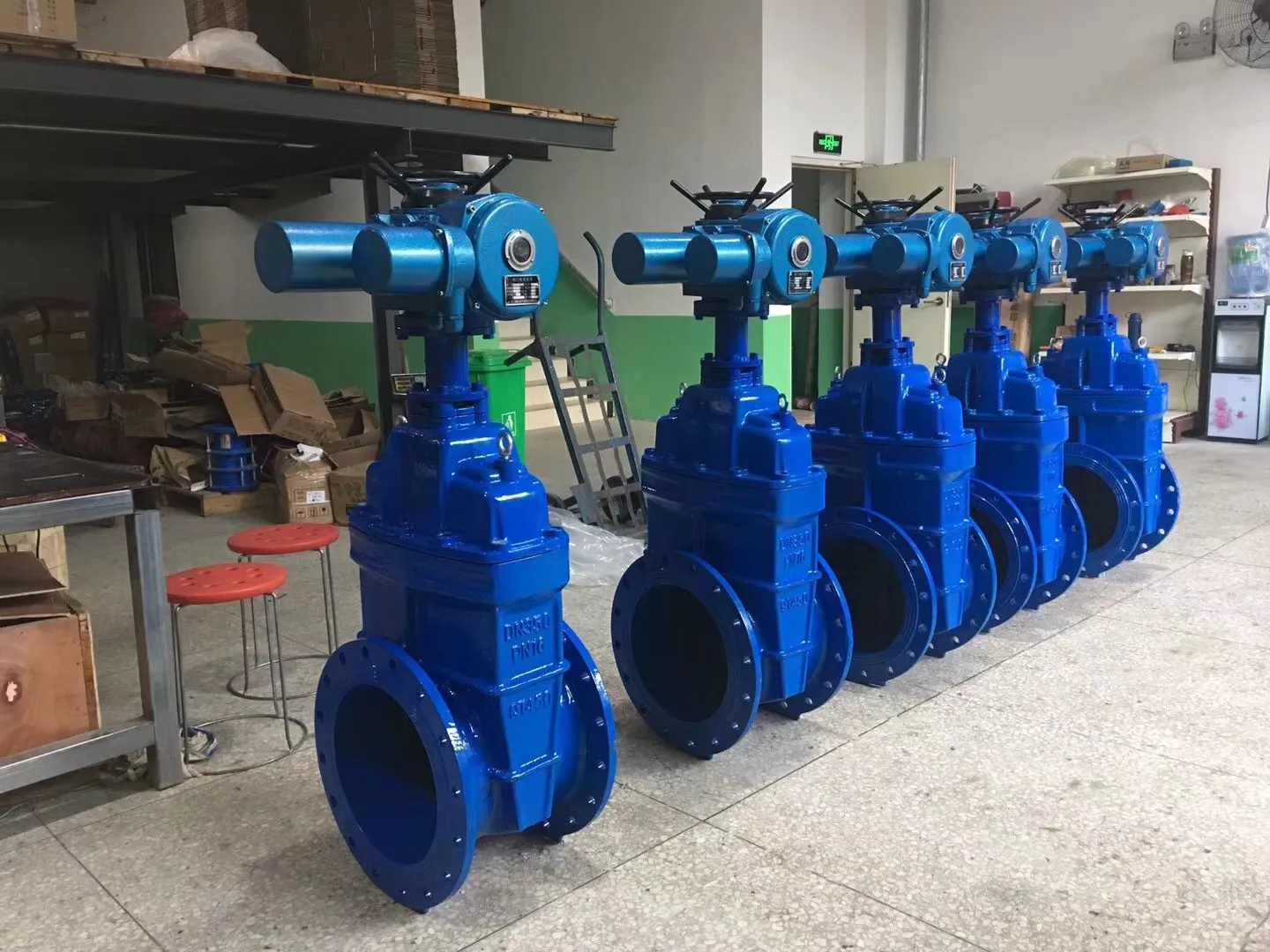Nov . 30, 2024 23:55 Back to list
thread ring gauge go no go
Understanding Thread Ring Gauge Go and No-Go Standards
Thread measurement is a critical aspect of ensuring the quality and durability of threaded components in various industries, including manufacturing, automotive, and aerospace. Among the tools used for this purpose, thread ring gauges, specifically “go” and “no-go” gauges, play a vital role. These gauges help in determining the acceptability of threaded components, ensuring that they meet specified tolerances.
A thread ring gauge is essentially a circular tool with internal threads that correspond to the nominal size of the external threads on a bolt or screw. The primary purpose of this gauge is to verify the dimensional accuracy of male threads. This aspect of precision is crucial, as any deviations can lead to product failure, safety hazards, or increased costs due to rework.
Go Gauge
The “go” gauge is the first tool used in the measurement process. Designed to pass onto the threaded part, it indicates that the thread form and dimensions are within acceptable limits. For example, if a bolt easily screws into the “go” ring gauge, it demonstrates that the male threads are correctly manufactured - not too loose and not too tight. The gauge effectively checks the major diameter, pitch diameter, and other critical thread dimensions.
Using a go gauge is fairly straightforward. The operator will attempt to fit the gauge onto the threaded component. If the gauge fits smoothly and securely, it typically means that the component is acceptable for further use in assembly. This process is crucial to ensure that the parts will join correctly under operational conditions, maintaining the integrity of the assembly.
thread ring gauge go no go

No-Go Gauge
On the other hand, the “no-go” gauge serves a distinct role. It is designed to ensure that the thread has not exceeded the maximum allowable limits. If the threaded component can fit onto the no-go gauge, it indicates that the thread is oversized, which is undesirable. This is essential for maintaining the precision of assemblies, as oversized threads can lead to a lack of engagement, connectivity failures, or excessive wear over time.
The design for a no-go gauge is slightly different from the go gauge. Where the go gauge represents the minimum acceptable size, the no-go gauge represents the maximum tolerable size. When a threaded part fails to fit onto the no-go gauge, it validates that the part is precise and within tolerance limits.
Importance of Go/No-Go Gauges
Utilizing go and no-go gauges in conjunction is standard practice in quality control processes. This approach helps manufacturers ensure that their threaded parts meet specified standards and functionality before they enter the assembly phase. The precision afforded by these gauges not only enhances product reliability but also streamlines production, reducing waste and rework time.
In summary, thread ring gauges serve an essential function in maintaining the integrity of threaded components. The combined application of go and no-go gauges allows manufacturers to produce high-quality parts that meet stringent industry standards. By ensuring that threads are correctly sized, businesses can uphold safety, functionality, and overall product excellence. Understanding and implementing these tools is crucial for anyone involved in manufacturing and quality assurance processes.
-
Y Type Strainer Maintains System Efficiency Long TermNewsJul.15,2025
-
Valve Selection Guide for Industrial ApplicationsNewsJul.15,2025
-
Steel Fab Table Provides Durable Work Surface for WeldingNewsJul.15,2025
-
Pad Iron Provides Stable Support for Heavy MachineryNewsJul.15,2025
-
One Inch Check Valve Fits Standard Plumbing SystemsNewsJul.15,2025
-
Measuring Micrometer Ensures Precise Dimensional AccuracyNewsJul.15,2025
Related PRODUCTS









